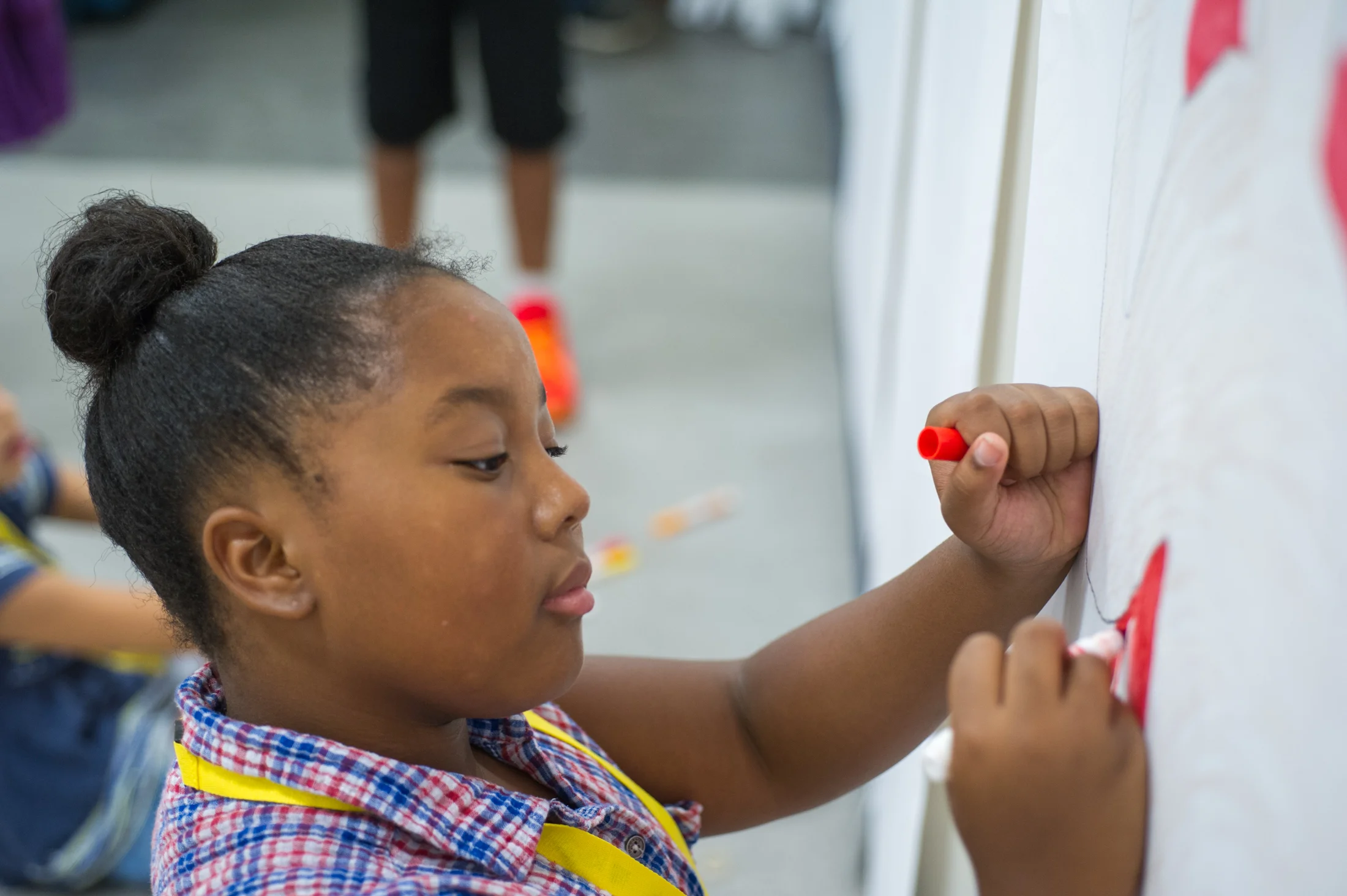Happy to welcome Angie Webb to the blog! Angie is a photographer and designer based out of Roswell, GA. She's done great work for organizations like Roswell Inc., Safe Happy Family, and Alliance for Organizational Excellence. I thought she'd be a great resource to share what makes brand photography so important for your nonprofit or purpose driven brand. Take it away, Angie!
The old adage, “A picture is worth a thousand words,” could not be more true today. Don’t believe me? Here are some super insightful stats from IndustrialMarketer.com:
Articles with relevant images average 94% more total views than articles without images.
A press release with photos gets nearly 15% more online views than a text-only press release.
60% of consumers who use online search say they prefer to contact a business whose listing includes an image.
Nearly 70% of e-commerce website shoppers say the product image is very important when making their purchase decision.
In short, if you want people to pay attention to your message, particularly online, you’ve got to be fluent in the language of imagery! Here are some key reasons why photography is crucial to any non-profit’s marketing plan:
Photography elicits emotion.
We as people respond when we’re emotionally stirred. So whether it’s feeling enticed by an image of a cheeseburger, or feeling saddened by a photo of hungry children in third-world poverty, images pull at our heartstrings far beyond what text can do. When you’re thinking about integrating photography into your marketing plan, think about how you want people to feel when they visit your site, read your print piece, or peruse your social media profile. Make sure the images tell a congruent story with the personality you want your organization to have and are engaging the types of emotions you want your viewers to have.
Photography breeds trust.
Yes, you need donations, but first your potential donors have to trust you, the same way a customer needs to trust a for-profit business before they make a product purchase. Like it or not, people connect the quality of your marketing materials with your organization’s ability to make an impact. Portraying what you do in a consistent, high-quality manner shows potential donors that your organization has it together and can be trusted to use monetary donations effectively, efficiently, and proactively to make big changes in the world.
Photography explains impact.
Sure, statistics and charts are a super great way to show the way your non-profit is working to help the community, but photography not only breaks up the monotony of text in a document or social media post, it also creates an extra layer of explanation of what you do. When you show people the kind of change your non-profit brings about rather than tell them, people are much more excited and motivated to get on board.
Hopefully I’ve convinced you that photography should be a key part of your next big fundraising effort, but how do you get started? I’ve got a few tips:
1. Consider the use case.
Before you snap away or hire a photographer for your next event, make sure you take some time to understand how the images will be ultimately used. Do you need a full page image of volunteers for your annual report? Or maybe a wide banner with kids at play for the home page of your website? Make a plan for all the places you need imagery and what kinds of photos you’ll need so that you can work strategically and ensure you get the content you need for your next campaign.
2. Use people when possible.
Chances are high that your organization involves people at some level. Whether it’s volunteers, employees, or the people who benefit from the money raised, using pictures of people elevates the emotional impact. An image of volunteers having a blast may motivate someone to lend their time in the future. A photo of a happy child in school abroad may stir a viewer to decide to donate. So be sure to include people pictures in your photo strategy, but don’t forget to get a model release so you’ll be in the legal clear to use those images in your marketing materials. If you don’t already have one, you can snag a great model release template here.
3. Know when to hire a pro.
It might seem hard to justify paying a pro to take photos when perhaps you have a camera collecting dust on your shelf at home. Sometimes it’s best to let the pros do their thing. A pro photographer can work with you to capture all the images for the different use cases you have (see point #1 above), ensure that the images match the look and feel of your brand, and ensure they portray a sense of high quality. I know I’m a little biased, but given how much we now know about the immense impact photography can have on your marketing capabilities, hiring a pro can absolutely pay off big time for your non-profit.
Adding photography to your already busy plate can be a little scary and overwhelming, but the opportunity to reach new people and make an even bigger impact through the language of images is well worth the extra work it takes. Best of luck this holiday season with your end of year campaigns!
Thanks so much for your insight, Angie!! Be sure to catch up with Angie Webb (and her pugs) over on Instagram.
Thanks for reading!
Madison
Photos of a Paint Love event by volunteer photographer, Amber Wilburn.







